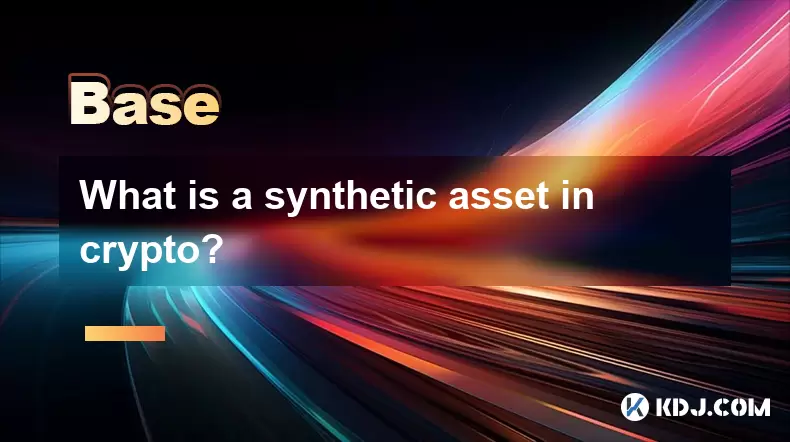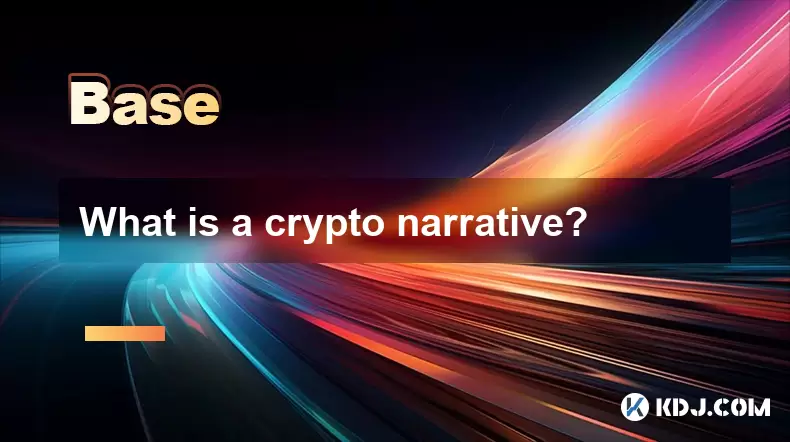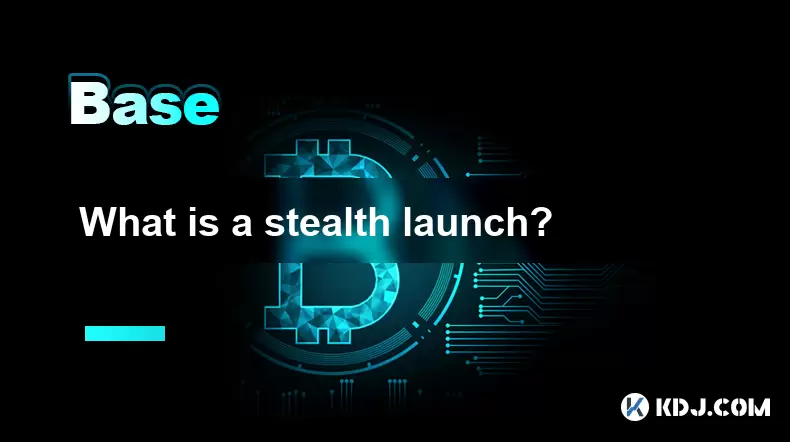-
 Bitcoin
Bitcoin $107,810.8710
-1.45% -
 Ethereum
Ethereum $2,531.4386
-1.75% -
 Tether USDt
Tether USDt $1.0000
-0.03% -
 XRP
XRP $2.2542
-0.99% -
 BNB
BNB $659.1350
-0.50% -
 Solana
Solana $148.5456
-2.40% -
 USDC
USDC $0.9999
-0.02% -
 TRON
TRON $0.2868
-0.44% -
 Dogecoin
Dogecoin $0.1666
-3.65% -
 Cardano
Cardano $0.5751
-2.36% -
 Hyperliquid
Hyperliquid $37.6845
-5.51% -
 Bitcoin Cash
Bitcoin Cash $494.9448
-0.65% -
 Sui
Sui $2.8396
-3.31% -
 Chainlink
Chainlink $13.2423
-2.59% -
 UNUS SED LEO
UNUS SED LEO $9.0482
0.02% -
 Stellar
Stellar $0.2467
-2.44% -
 Avalanche
Avalanche $17.8165
-3.63% -
 Shiba Inu
Shiba Inu $0.0...01158
-2.41% -
 Toncoin
Toncoin $2.7397
-3.42% -
 Hedera
Hedera $0.1560
-2.73% -
 Litecoin
Litecoin $85.8559
-2.34% -
 Monero
Monero $315.3710
-2.30% -
 Dai
Dai $1.0001
0.00% -
 Polkadot
Polkadot $3.3443
-2.03% -
 Ethena USDe
Ethena USDe $1.0001
0.01% -
 Bitget Token
Bitget Token $4.2888
-3.73% -
 Uniswap
Uniswap $7.3388
-1.57% -
 Aave
Aave $278.2986
-3.05% -
 Pepe
Pepe $0.0...09807
-3.67% -
 Pi
Pi $0.4563
-2.39%
What is a synthetic asset in crypto?
Synthetic assets enable users to gain exposure to real-world assets like stocks and commodities through blockchain-based tokens, allowing speculation and hedging without direct ownership.
Jul 08, 2025 at 06:21 pm

Understanding Synthetic Assets in the Cryptocurrency Ecosystem
In the evolving world of decentralized finance (DeFi), synthetic assets have emerged as a powerful tool for investors and traders. A synthetic asset is a digital representation of a real-world or traditional asset, created using blockchain technology and smart contracts. These assets allow users to gain exposure to commodities, stocks, fiat currencies, and even other cryptocurrencies without directly owning them.
Synthetic assets are designed to mirror the price movements of their underlying assets, enabling traders to speculate on price changes or hedge against potential losses in their portfolios. This mechanism opens up new avenues for financial innovation within the crypto space.
How Are Synthetic Assets Created?
The creation of synthetic assets typically involves collateralization and smart contract execution. Users deposit a certain amount of cryptocurrency as collateral into a DeFi protocol that supports synthetic asset generation. Once this collateral is locked in, the system allows the user to mint or create a synthetic version of the desired asset.
For example:
- Deposit ETH into a protocol
- Mint sAAPL to gain exposure to Apple stock
- The value of sAAPL fluctuates based on the real-time price of AAPL shares
This process ensures that the synthetic asset remains pegged to the value of the original asset while operating entirely within a decentralized framework.
The Role of Oracles in Synthetic Asset Pricing
One of the critical components in maintaining accurate pricing for synthetic assets is the use of oracles. Oracles serve as data bridges between the blockchain and external sources, feeding real-time price information into smart contracts.
Without reliable oracle feeds:
- Synthetic assets may become mispriced
- Liquidation risks increase
- User trust diminishes
Protocols like Chainlink and Band Protocol provide decentralized oracle networks, ensuring that price data is tamper-proof and resistant to manipulation. These systems help maintain the integrity of synthetic asset markets by delivering timely and accurate information.
Use Cases of Synthetic Assets in Crypto Trading
Synthetic assets offer several practical applications within the crypto ecosystem:
- Exposure to non-crypto assets: Traders can gain access to gold, oil, or foreign currencies without leaving the blockchain environment.
- Hedging strategies: Investors can protect their portfolios from market volatility by shorting or longing synthetic versions of volatile assets.
- Arbitrage opportunities: Price discrepancies between synthetic and real-world assets can be exploited for profit.
These functionalities make synthetic assets particularly appealing to both retail and institutional participants in the DeFi space.
Popular Protocols Offering Synthetic Assets
Several DeFi platforms specialize in generating and managing synthetic assets. Some of the most notable ones include:
- Synthetix: One of the earliest adopters of synthetic assets, Synthetix enables users to mint and trade a wide variety of synths representing global assets.
- Mirror Protocol: Built on Terra, Mirror allows users to create mAssets that track real-world equities and indices.
- UMA Project: UMA offers a platform for creating synthetic tokens backed by various types of collateral.
Each of these protocols employs unique mechanisms to ensure liquidity, price accuracy, and security for its users.
Risks Associated with Synthetic Assets
While synthetic assets present exciting opportunities, they also come with inherent risks:
- Liquidation risk: If the value of the collateral drops below a certain threshold, positions can be liquidated automatically.
- Oracle manipulation: Although decentralized oracles reduce this risk, vulnerabilities still exist in some implementations.
- Smart contract bugs: Exploitable code flaws can lead to significant financial loss if not audited thoroughly.
Users must understand these risks before engaging with synthetic asset platforms and should always conduct due diligence.
Frequently Asked Questions (FAQs)
Q1: Can I redeem synthetic assets for their real-world counterparts?
No, synthetic assets are not redeemable for the actual physical or traditional assets they represent. They only reflect the price movement and do not grant ownership rights.
Q2: What happens if the collateral backing a synthetic asset becomes insolvent?
If the collateral value falls too low, the system will initiate automatic liquidation to cover outstanding debts. This protects the network from insolvency but can result in losses for the user.
Q3: Are synthetic assets available on all blockchains?
Currently, synthetic assets are primarily found on Ethereum and select layer-2 or alternative chains like Optimism, Terra, and Arbitrum. Their availability depends on the protocol and blockchain infrastructure.
Q4: How do fees work when trading synthetic assets?
Most platforms charge minting, trading, and sometimes holding fees. These vary by protocol and are usually denominated in the native token of the platform.
Disclaimer:info@kdj.com
The information provided is not trading advice. kdj.com does not assume any responsibility for any investments made based on the information provided in this article. Cryptocurrencies are highly volatile and it is highly recommended that you invest with caution after thorough research!
If you believe that the content used on this website infringes your copyright, please contact us immediately (info@kdj.com) and we will delete it promptly.
- XLM Price Prediction: Is Stellar Ready for a Breakout?
- 2025-07-08 19:10:13
- Memecoin Mania: V2EX, Pump.fun, and the Wild West of Crypto
- 2025-07-08 19:50:12
- Dogecoin, Shiba Inu, Little Pepe: Meme Coin Mania or Future Finance?
- 2025-07-08 19:50:12
- Iron Maiden's 50th Anniversary: A Royal Mint Tribute in Metal!
- 2025-07-08 19:55:12
- DAI Stablecoin: Your Ace in the Hole for Online Casinos and Gambling Sites?
- 2025-07-08 19:55:12
- Token Investment in Q4 2025: Riding the Little Pepe Wave to 100x Gains?
- 2025-07-08 20:00:11
Related knowledge

What is a user-generated content (UGC) NFT platform?
Jul 04,2025 at 01:49pm
<h3>Understanding the Concept of a UGC NFT Platform</h3><p>A user-generated content (UGC) NFT platform is a digital marketplace or e...

What is composability in DeFi?
Jul 06,2025 at 04:07pm
<h3>Understanding the Concept of Composability in DeFi</h3><p>Composability in DeFi refers to the ability of decentralized finance p...

What is a "crypto primitive"?
Jul 05,2025 at 10:14pm
<h3>Defining the Concept of a Crypto Primitive</h3><p>In the context of blockchain and cryptocurrency, a crypto primitive refers to ...

What is a crypto narrative?
Jul 07,2025 at 10:56pm
<h3>Defining the Concept of a Crypto Narrative</h3><p>A crypto narrative refers to the overarching story or theme that drives intere...

What is a stealth launch?
Jul 08,2025 at 06:42am
<h3>What Exactly Defines a Stealth Launch in Cryptocurrency?</h3><p>A stealth launch refers to the practice of launching a cryptocur...

What is a fair launch?
Jul 05,2025 at 07:31pm
<h3>Understanding the Concept of a Fair Launch</h3><p>A fair launch refers to the release of a cryptocurrency or blockchain project ...

What is a user-generated content (UGC) NFT platform?
Jul 04,2025 at 01:49pm
<h3>Understanding the Concept of a UGC NFT Platform</h3><p>A user-generated content (UGC) NFT platform is a digital marketplace or e...

What is composability in DeFi?
Jul 06,2025 at 04:07pm
<h3>Understanding the Concept of Composability in DeFi</h3><p>Composability in DeFi refers to the ability of decentralized finance p...

What is a "crypto primitive"?
Jul 05,2025 at 10:14pm
<h3>Defining the Concept of a Crypto Primitive</h3><p>In the context of blockchain and cryptocurrency, a crypto primitive refers to ...

What is a crypto narrative?
Jul 07,2025 at 10:56pm
<h3>Defining the Concept of a Crypto Narrative</h3><p>A crypto narrative refers to the overarching story or theme that drives intere...

What is a stealth launch?
Jul 08,2025 at 06:42am
<h3>What Exactly Defines a Stealth Launch in Cryptocurrency?</h3><p>A stealth launch refers to the practice of launching a cryptocur...

What is a fair launch?
Jul 05,2025 at 07:31pm
<h3>Understanding the Concept of a Fair Launch</h3><p>A fair launch refers to the release of a cryptocurrency or blockchain project ...
See all articles

























































































